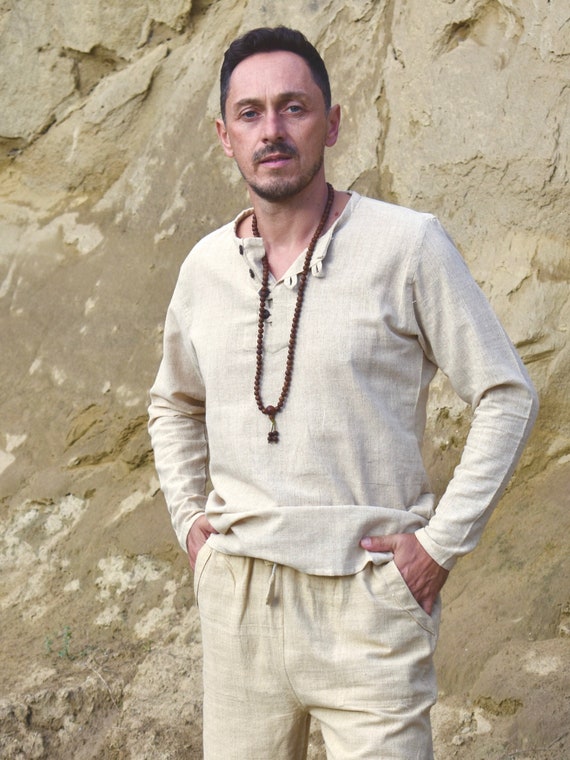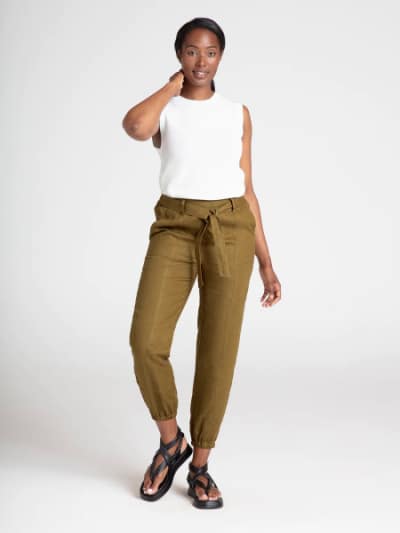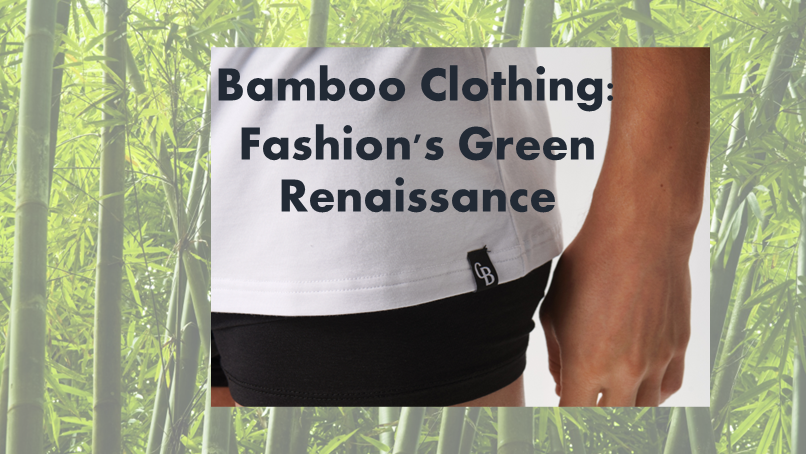Top Reasons On Choosing Hemp Clothing
Wiki Article
What Are The Benefits That Hemp Clothing That Is Low Impact Offers For The Environment.
The hemp clothing made of low-impact fiber offers a variety of environmental benefits over clothing made of other materials. This includes synthetic fibers, cotton and traditional cotton. Hemp clothing is eco-friendly. It is fast growing and requires very little water, herbicides, or pesticides. Hemp can thrive in various conditions and is able to adapt to different types of soils, thus reducing the requirement for chemical fertilizers.
Hemp requires less water as when compared to cotton. Cotton is known for its heavy use of water. It makes hemp a green option for clothing.
Hemp can be grown in the majority of instances without the use of synthetic herbicides and pesticides. This has a lower environmental impact than conventional farming.
Hemp is beneficial for soil health. The roots are deep and help to prevent erosion and compaction. Hemp leaves the soil more prepared for future crops.
Biodegradability Hemp fibers break down naturally and can be biodegraded over time. Contrary to synthetic fibers, such as polyester which can take thousands or even hundreds of years to degrade.
Lower Carbon Footprint Hemp fibers are made with lower carbon footprint than synthetic materials. Hemp can also act as a carbon dioxide sink through the absorption of carbon dioxide from air during the growth process.
Hemp clothing is known for its durability and wear-and-tear. Good quality hemp clothing can last for many years. They reduce the requirement for replacements and also aid in reducing waste.
Natural Pest Resistance- Hemp plants have natural resistance to numerous pests, thus reducing the requirement for chemical pest control measures.
Hemp is versatile, as it can be utilized in many different textiles, such as bags, clothes and other accessories. It's a sustainable and fashionable fabric.
Regenerative Agriculture. Some sustainable farming systems include hemp in regenerative farming systems which seek to in restoring and improving ecosystems while cultivating crops. This practice is beneficial for the environment.
The process of dyeing, the transportation as well as consumer behavior all contribute to the overall sustainability. Like any other industry, there are differences in standards and production practices. It's essential to pick organic, sustainable or certified organic clothing for the greatest environmental benefits. Follow the top hemp clothes blog for blog examples including hemp long sleeve shirt, hemp active wear, hemp mens jeans, women's all seasons hemp canvas bomber hoody jacket, patagonia hemp island pants, hemp swimsuit, hemp shorts mens, patagonia double knee pants, patagonia ranch jacket, organic hemp fabric and more.

What Is It That Gives Hemp Fibers Their Breathable, Moisture Wicking And Thermoregulatory Qualities?
Hemp fibers are breathable, moisture-wicking, and thermoregulatory properties due to their unique structural and chemical characteristics. These properties are due to the following factors. Microscopical structure Hemp is distinguished by hollow, porous fiber that lets air flow through it. The inherent porosity of hemp makes it highly breathable. When they are woven into fabric the structure allows air through. This improves circulation and prevents the accumulation of moisture and heat against the skin.
Hemp fibers possess a high affinity to water and they are able to easily absorb moisture. The hemp fibers are able to absorb sweat, moisture and eliminate the sensation that your skin feels wet. Additionally hemp fibers are effective in wicking away moisture from the body, dispersing it over a greater area of the fabric, which allows it to evaporate faster. The properties of hemp that wick moisture away ensure that you stay dry and comfortable while doing exercises or exercising in hot temperatures.
Hemp fibers are naturally inherently insulating. If it's cold, they keep heat near your body and provide warmth. Conversely, they allow the excess heat and moisture be able to escape when temperatures are hot which helps reduce heat. The thermoregulating properties inherent to hemp allow hemp clothing to be suitable for all temperatures.
Hemp fibers are naturally antimicrobial, and are able to stop the growth of the bacteria which cause odors. This characteristic helps to keep hemp clothing fresh and free of odors, even after periods of intense physical exercise.
Hemp fibers are durable and durable. They are able to last for a long period of time. Wearing hemp fibres will keep their breathability and moisture-wicking capability regardless of repeated washing and use. This makes hemp clothes to last longer, which decreases the necessity of replacing them and, therefore, the impact on the environment.
UV Protection Hemp fibers are a natural UV protector that shields the skin from harmful UV radiation. The ability to block UV radiations makes hemp clothing suitable for activities outdoors.
This is important to know since these characteristics are natural and do not depend on chemical treatments. Hemp is a natural material with properties that make it a comfortable and sustainable choice for clothing. In addition, these attributes remain intact even when hemp fibers are processed into textiles. Have a look at the top hemp clothes advice for blog recommendations including hemp boxer shorts, womens hemp clothing, patagonia hemp shorts, hemp textiles, mens hemp trousers, hemp sportswear, hemp shorts mens, hemp shorts, patagonia island hemp pants, hemp sportswear and more.

What are the differences between hemp and bamboo fibers?
Bamboo and hemp are two distinct plant-based fibers used in textile manufacturing, each with its unique qualities and characteristics. These are the major differences in hemp and bamboo fibers. Plant Source-
Hemp Fibers Hemp fibers are derived from hemp stalks, most specifically the outer bast. Hemp is a multi-faceted and fast-growing plant, has been used in a variety of ways over the centuries.
Bamboo Fibers- Bamboo fibers come from the pulp. Bamboo is a fast-growing species of grass, renowned for its the speed of renewal and longevity.
2. Fiber Characteristics
Hemp Fibers Hemp fibers are known for their their strength and durability. They are some of the strongest natural fibres, and they soften after every wash. This makes them perfect for fabrics that last.
Bamboo- Bamboo is a soft, silky fiber. They are more fragile and less robust than hemp fibers, but are still coveted because of the softness they offer against the skin.
3. Texture & Feel
Hemp- Hemp has a somewhat coarse texture, particularly when it is in its natural state. It is extremely comfortable, however it is quite different than bamboo.
Bamboo is soft and silky smooth. It is frequently described by those who wear it as feeling like a mix of cotton and silk.
4. Breathability and Moisture-Wicking-
Hemp- Hemp is naturally air-tight. Hemp also absorbs water. They are able to keep your body cool and dry during hot temperatures.
Bamboo Fibers- Bamboo fibers have a high amount of breathability as well as moisture wicking. Micro-gaps in the fabric enhance the fabric's ability to regulate temperature and moisture, allowing you to stay at ease in all conditions.
5. Environmental Impact-
Hemp Hemp is a fiber which is considered green due to the fact that it requires very little water, grows rapidly and has a great resistance to insects. It also reduces pesticide and herbicide use. It can also remove carbon dioxide from atmosphere as it grows.
Bamboo- Bamboo's sustainability is widely known. It is fast growing, requires little water, and doesn't require synthetic pesticides. Some bamboos are considered sustainable, including Moso bamboo.
6. Processing-
Hemp Fibers- Hemp fibers undergo a lot of processing that is required to separate out the outer bast from the inner wooden core. Processing may involve decortication, retting and mechanical separation.
Bamboo- Bamboo is usually made by a process called the viscose- or rayon-process. It is done by making use of chemicals to break down the bamboo into pulp. If it is not managed properly this process can be harmful to the environment. However some bamboo fabrics use closed loop systems to reduce the amount of waste.
7. Versatility-
Hemp- Hemp can be utilized to create a variety of items, such as clothes, textiles paper and other building materials.
Bamboo Fibers Bamboo fibers have been used for clothing, textiles and other products.
Summary Both bamboo and hemp offer unique benefits and are environmentally sustainable. It depends on what qualities you're looking for in a material, and how environmentally conscious you are. Take a look at the most popular good about bamboo clothing for blog tips including bamboo yoga wear, clothes made from bamboo fiber, kate quinn bamboo, bamboo dress socks, bamboo sun hoody, bamboo clothing underwear, bamboo trousers women, bamboo sweater, bamboo onesies, ladies bamboo t shirts and more.
